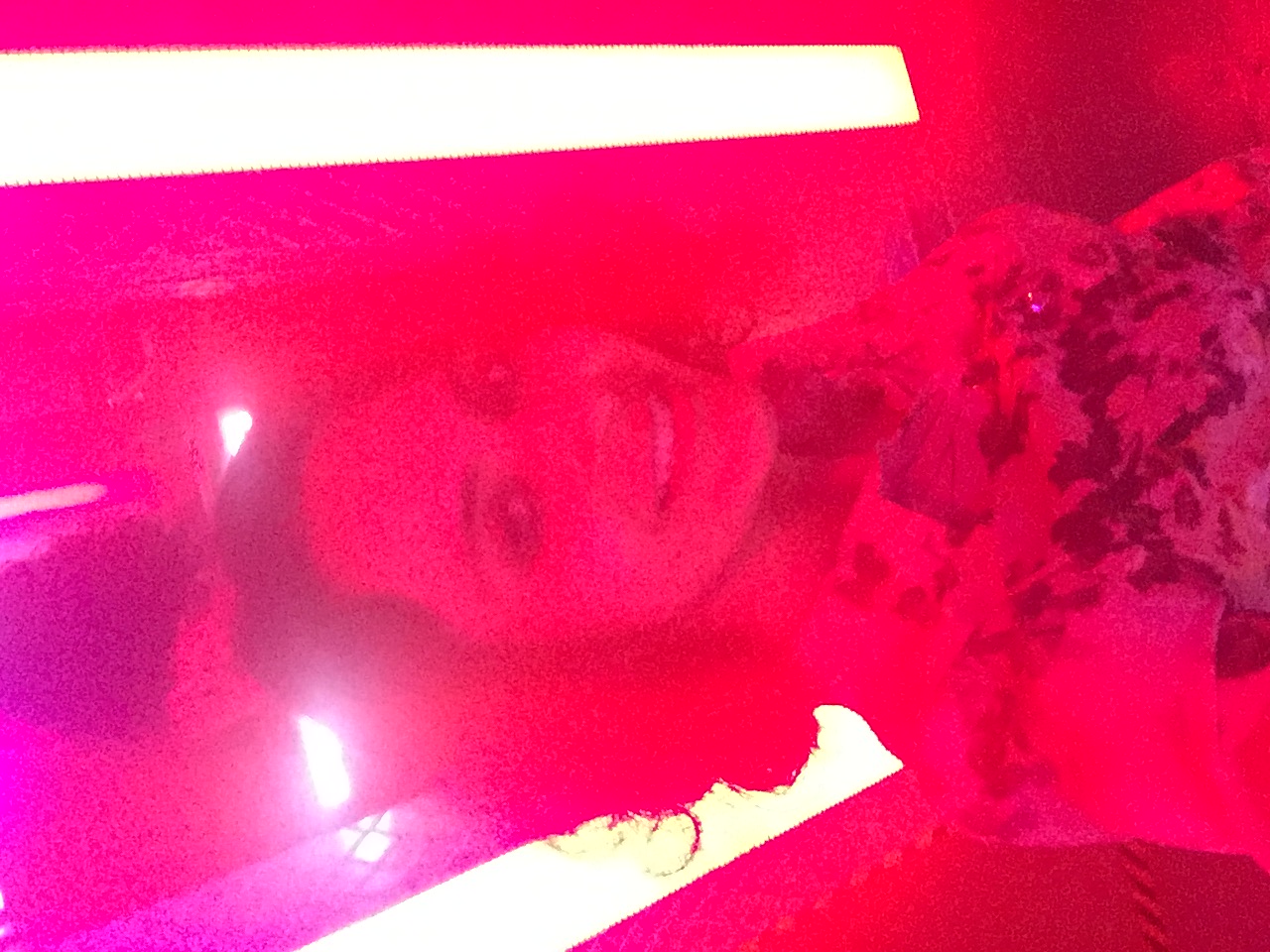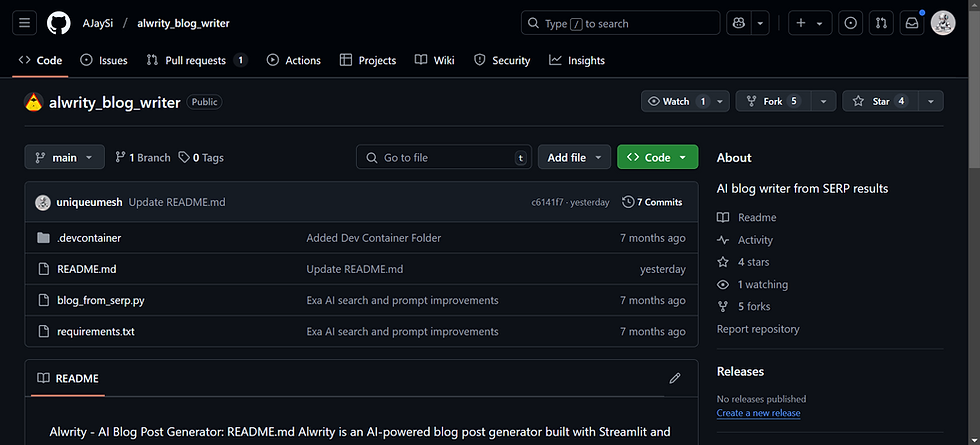Prompts for AI Professional email writing
- DikshaAI
- May 30, 2024
- 3 min read
Professional Email Writing: An In-Depth Guide
Whether you're applying for a job, requesting a meeting, following up on a discussion, or networking with industry professionals, crafting a well-written email is crucial. Learn to use LLM prompting for email writing. Use chatgpt, gemini to write email fro your usecases, as explained below.
This guide will delve into the various types of professional emails and provide detailed instructions on how to write each type effectively.

Implementing the Gemini Prompt
To integrate these email templates into your application, follow these steps:
Replace Placeholders: Ensure all placeholders (e.g., {position_name}, {company_name}) are replaced with the actual values provided by the user.
Input Fields: Add necessary input fields for each email type within your application interface.
Construct Gemini Prompt: Dynamically construct the Gemini prompt based on the selected email type and user inputs.
Testing and Refinement: Thoroughly test the application and refine the user interface and functionality as needed.
Types of Professional Emails
Professional emails typically fall into the following categories:
Job Application
Meeting Request
Follow-Up Email
Networking Email
Each type has its own structure and requirements, which we will explore in detail.
1. Job Application Email
Position: {position_name}
Company: {company_name}
Skills and Experience: {skills_experience}
Instructions:
When writing a job application email, your cover letter should be compelling and highlight your qualifications for the position. Focus on the relevant skills and experience that match the job requirements. Maintain a professional yet enthusiastic tone.

Example Template:
Subject: Application for {position_name}
Dear Hiring Manager,
I am writing to express my interest in the {position_name} position at {company_name}. With my background in {skills_experience}, I am confident in my ability to contribute effectively to your team.
My experience in {specific experience related to the job} has equipped me with the skills needed for this role. I am particularly impressed by {specific aspect of the company} and am excited about the opportunity to bring my expertise to your organization.
Thank you for considering my application. I look forward to the possibility of discussing my application further.
Sincerely,
[Your Name]2. Meeting Request Email
To: {recipient_name}
Subject: Meeting Request: {meeting_topic}
Body: I would like to schedule a meeting to discuss {meeting_topic}. Please let me know if you are available on any of the following dates/times: {proposed_dates}
Instructions:
A meeting request email should be formal and clearly state the purpose of the meeting. Suggest specific dates and times to make scheduling easier for the recipient.
3. Follow-Up Email
To: {recipient_name}
Subject: Following Up: {previous_topic}
Body: I hope this email finds you well. I am following up on our previous conversation regarding {previous_topic}.
LLM Instructions:
When writing a follow-up email, be polite and professional. Briefly remind the recipient of the previous topic discussed and inquire about the next steps or any updates.
3. Follow-Up Email
To: {recipient_name}
Subject: Following Up: {previous_topic}
Body: I hope this email finds you well. I am following up on our previous conversation regarding {previous_topic}.
Instructions:
When writing a follow-up email, be polite and professional. Briefly remind the recipient of the previous topic discussed and inquire about the next steps or any updates.
Subject: Following Up: {previous_topic} Dear {recipient_name}, I hope this email finds you well. I am writing to follow up on our previous conversation about {previous_topic}. I wanted to check if there have been any updates or if there are any next steps I should be aware of. Thank you for your time and assistance. Best regards, [Your Name]4. Networking Email
To: {recipient_name}
Subject: Introduction: {user_name} - {user_profession}
Body: I hope this email finds you well. My name is {user_name} and I am a {user_profession}. I am reaching out to you today because {reason_for_connecting}.
Instructions:
A networking email should be professional and respectful. Briefly explain the reason for connecting and express your interest in the recipient's work or company. Avoid being overly self-promotional.
Conclusion
By following the detailed AI email templates and instructions provided in this guide, you can ensure that your emails are compelling, professional, and tailored to the specific context. Remember to replace placeholders with accurate information, maintain a respectful and enthusiastic tone, and clearly articulate your purpose.
Integrating these best practices into your email writing routine will help you make a strong impression and achieve your communication goals more effectively. As you continue to refine your email writing skills, you'll find that well-crafted emails can open doors to new opportunities, foster stronger professional connections, and enhance your overall communication strategy.
Happy emailing!





Comments